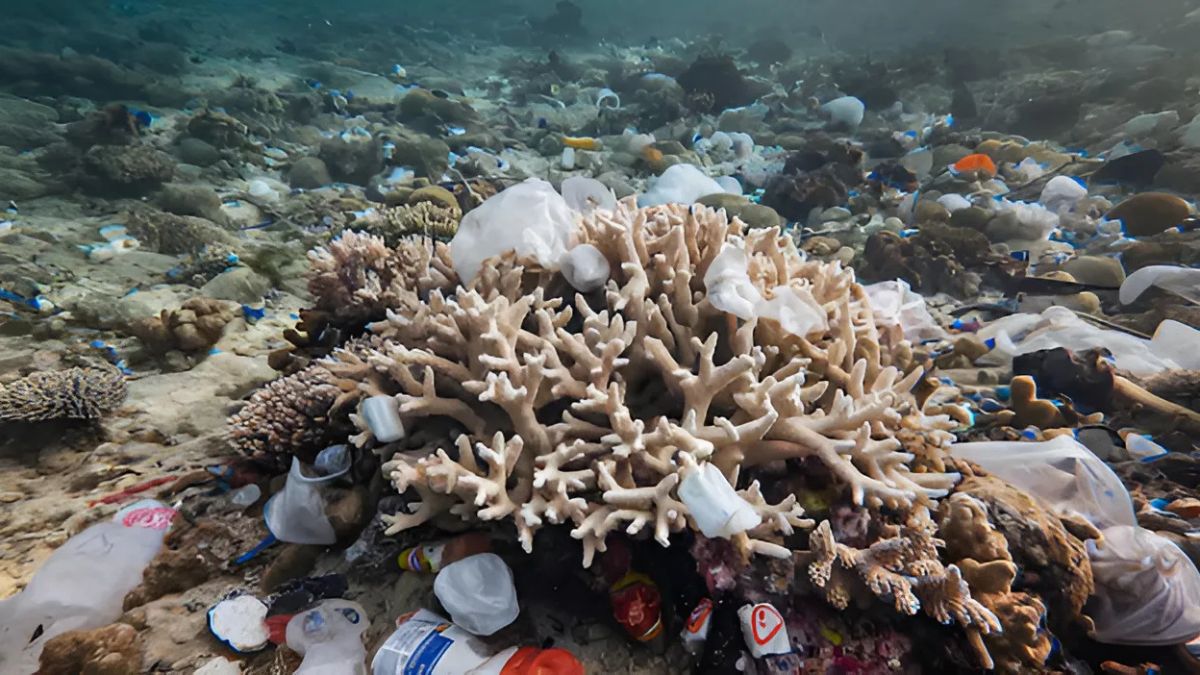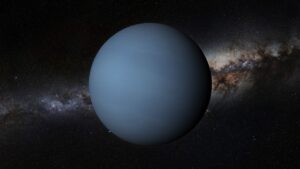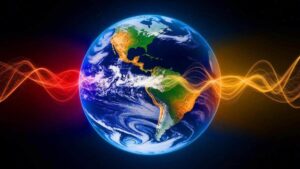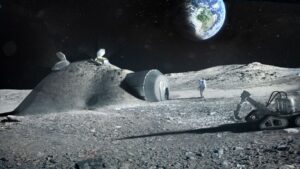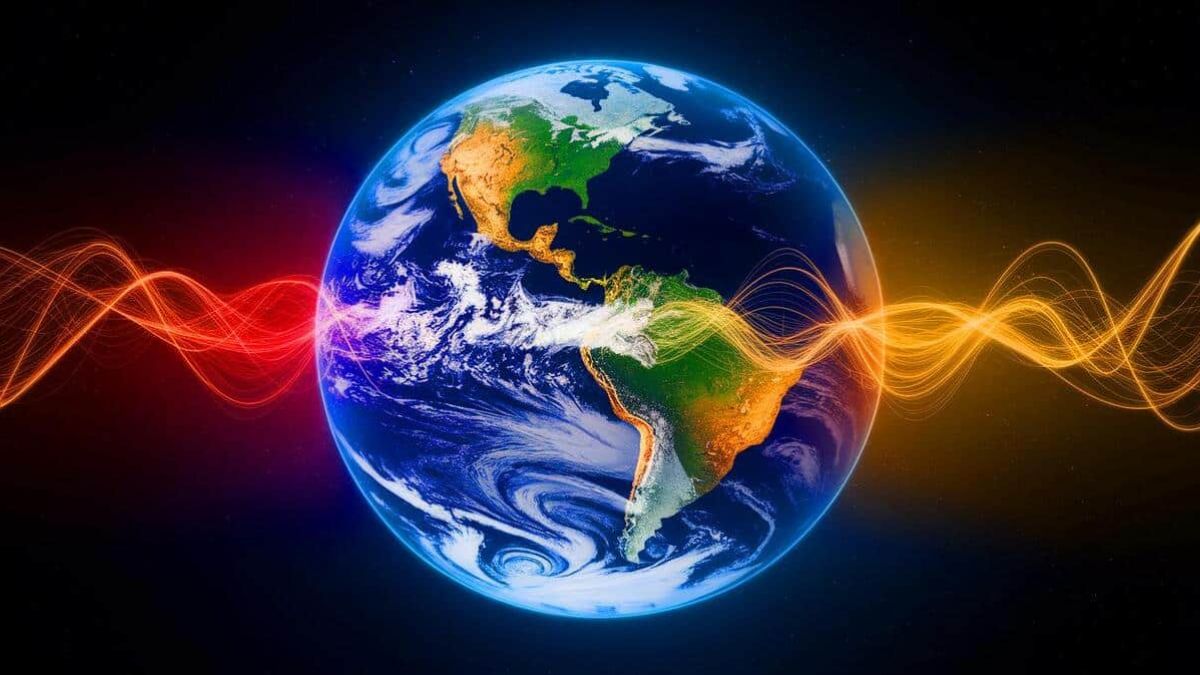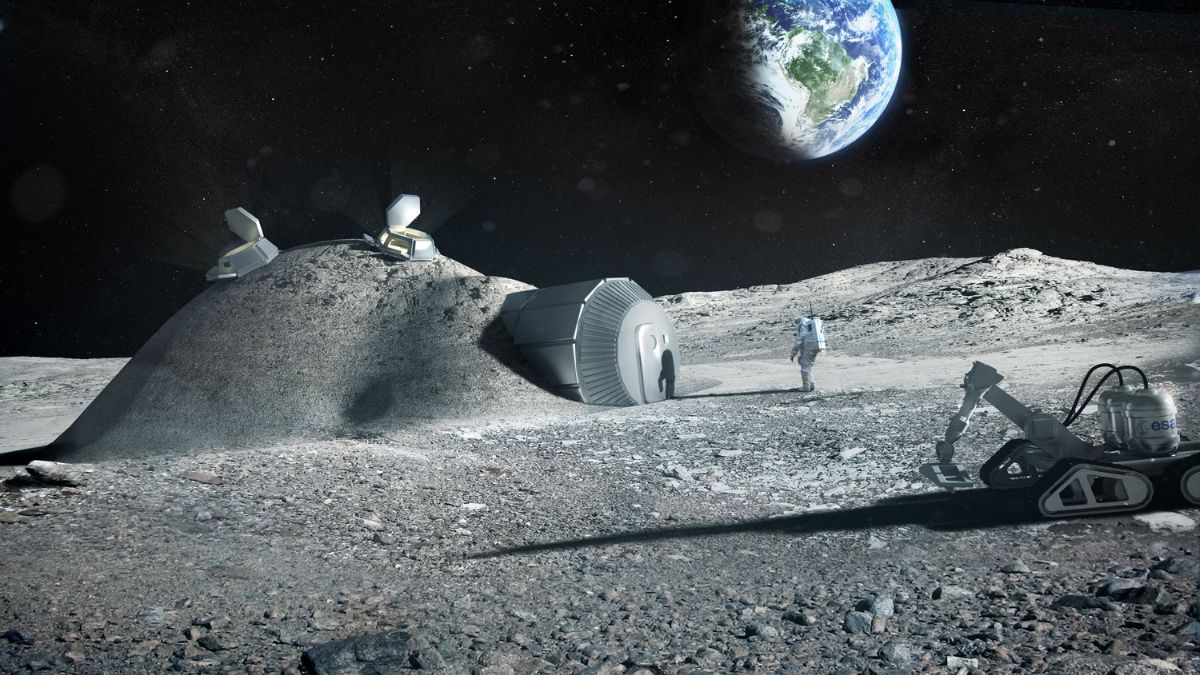We already know that human pollution is damaging our planet, but until recently, we didn’t know just how much of a footprint we’ve left. A surprising discovery at the bottom of the Caribbean Sea has revealed a natural archive of humanity’s impact: sea sponges. These living organisms have quietly recorded the story of our pollution and climate change for centuries, and now scientists are studying them to understand the scale of damage we’ve caused.
Oceans
Every year, millions of tons of waste end up in the ocean. From plastics and chemical fertilizers to oil spills and untreated wastewater, the seas have become dumping grounds for human activity. This contamination destroys marine ecosystems, poisons fish, and threatens biodiversity on a massive scale.
The most visible symbol of this disaster is the Great Pacific Garbage Patch, a swirling mass of floating plastic waste larger than some countries. While governments have started to act, progress has been slow, and many nations still treat oceans as bottomless landfills.
Among the biggest threats today are microplastics—tiny fragments that seep into every corner of the food chain. These particles are eaten by plankton, fish, and eventually humans, disrupting entire food webs and posing long-term health risks.
Record
Amid this bleak outlook, researchers found an unlikely ally: Caribbean sea sponges. These organisms, which live quietly on the ocean floor, build skeletons made of calcified layers. Over decades and even centuries, these layers capture tiny chemical traces of ocean temperature, water quality, and pollutants.
By analyzing the skeletons of these sponges, scientists can reconstruct a detailed climate history far beyond modern temperature records. The findings reveal that human influence on climate began earlier and was stronger than previously thought, leaving a clear imprint on the oceans well before modern instruments began measuring.
Method
Sea sponges act almost like tree rings, with each layer of their skeleton preserving evidence of environmental changes. Scientists carefully study these layers, identifying fluctuations in temperature, chemical signatures, and pollutants.
This data helps reconstruct the climate of the pre-industrial era and track how human activity has shifted ocean conditions. Essentially, sponges are silent witnesses of our impact, holding a timeline of the damage done by industrialization, rising temperatures, and chemical pollution.
Warning
But here’s the paradox: while these sponges give us precious information, they also remind us of how fragile ecosystems are. By harvesting them for research, we risk damaging the very habitats we should be protecting. The message is clear—nature is offering us a warning, and it’s up to us to listen.
Sea sponges don’t think, reason, or plan. Yet, they expose the reality of a species that prides itself on intelligence but struggles to live sustainably. The truth recorded in their skeletons forces us to confront the uncomfortable balance sheet of human pollution.
If we learn from these natural records, perhaps there’s still time to protect the oceans and preserve them for future generations.
FAQs
What do sea sponges record?
They store chemical evidence of climate and pollution in their skeletons.
Why are oceans so polluted?
Plastics, chemicals, oil spills, and untreated wastewater fill them.
What is the Great Pacific Garbage Patch?
A massive floating area of plastic waste in the Pacific Ocean.
How do scientists use sea sponges?
They analyze sponge skeleton layers to reconstruct climate history.
What lesson do sponges teach us?
That ecosystems record our damage and warn us to act sustainably.

